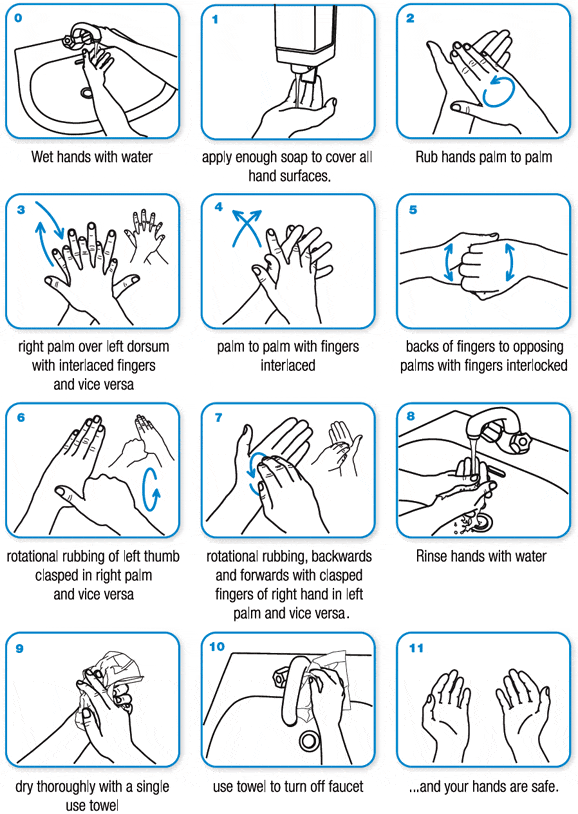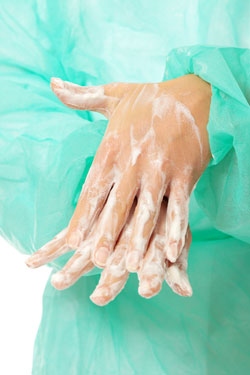Primum non nocere is a Latin phrase that means, “First, do no harm.”
It’s the basic principle that medical professionals the world over are supposed to follow. It’s meant to remind physicians not to cause patients undue harm.
But new research shows that’s exactly what many doctors are doing.
It’s crucial for health professionals to make sure they aren’t spreading germs from patient to patient. That’s why they often use hand sanitizer between patients.
When used right, hand sanitizer is effective and it’s faster than washing hands. The problem is that many doctors and nurses use it incorrectly, according a study published in the American Journal of Infection Control.
Alcohol-based sanitizers work well only when they are allowed to thoroughly dry. Researchers found that many health professionals don’t wait long enough.
Elaine Larson is a professor at the Columbia University School of Nursing. She said that medical professionals “have an unrealistic idea of the timing” for hand hygiene.[1] [2]
That’s a problem, because physicians and nurses constantly come into contact with patients with viral and bacterial infections. And it only takes a second for a doctor to pick up a bug from one person and transfer it to another.
Gel sanitizers take 37 seconds to dry. Foam products take an average of 57 seconds, the study found.
The Best Way for Doctors to Sanitize Their Hands
When you see any health professional, don’t hesitate to ask them if they’ve properly sanitized their hands before treating you. Make sure they follow U.S. Centers for Disease Control and Prevention (CDC) guidelines.
The CDC recommends hand sanitizers that contain at least 60% alcohol. They should use enough to cover their hands entirely, including between fingers. Hands should then be rubbed together until they feel thoroughly dry.
The CDC says thorough handwashing is actually preferable to using hand sanitizers. Research shows that sanitizers aren’t as effective against flu viruses.[3]
A study published in the journal Infection Control & Hospital Epidemiology found what researchers believe is the best way to wash hands.[4]
Here’s the method they recommend. You can print it and give it to your doctor. And you should follow this procedure yourself:

Make sure your doctors “First, do no harm.” Don’t be afraid to let them know you understand what proper hand sanitizing entails, and make sure they know it as well. Remember, your doctor is working for you.
Editor’s Note: If you’re concerned about getting sick, you need the Superbug Exterminator Protocol. It’s a simple plan that keeps you safe from the dangerous germs that are circulating. You’ll find it only in our monthly journal Independent Healing, your best source for the latest science-based health solutions. Go HERE to subscribe.
Related Articles
Hand Sanitizer Doesn’t Work Against the Flu
6 Smart Tricks to Avoid Getting Sick on a Cruise
Wash Your Hands Right After Touching These 7 Things
Like this Article? Forward this article here or Share on Facebook.
[1]https://www.reuters.com/article/us-health-workers-hand-sanitizer/health-workers-may-not-use-hand-sanitizer-properly-idUSKBN1ZT2U9
[2]https://www.ajicjournal.org/article/S0196-6553(19)31019-3/fulltext
[3]https://www.studyfinds.org/flu-season-alert-hand-sanitizer-not-very-effective-against-virus-strain/
[4]https://www.ncbi.nlm.nih.gov/pubmed/30854338

